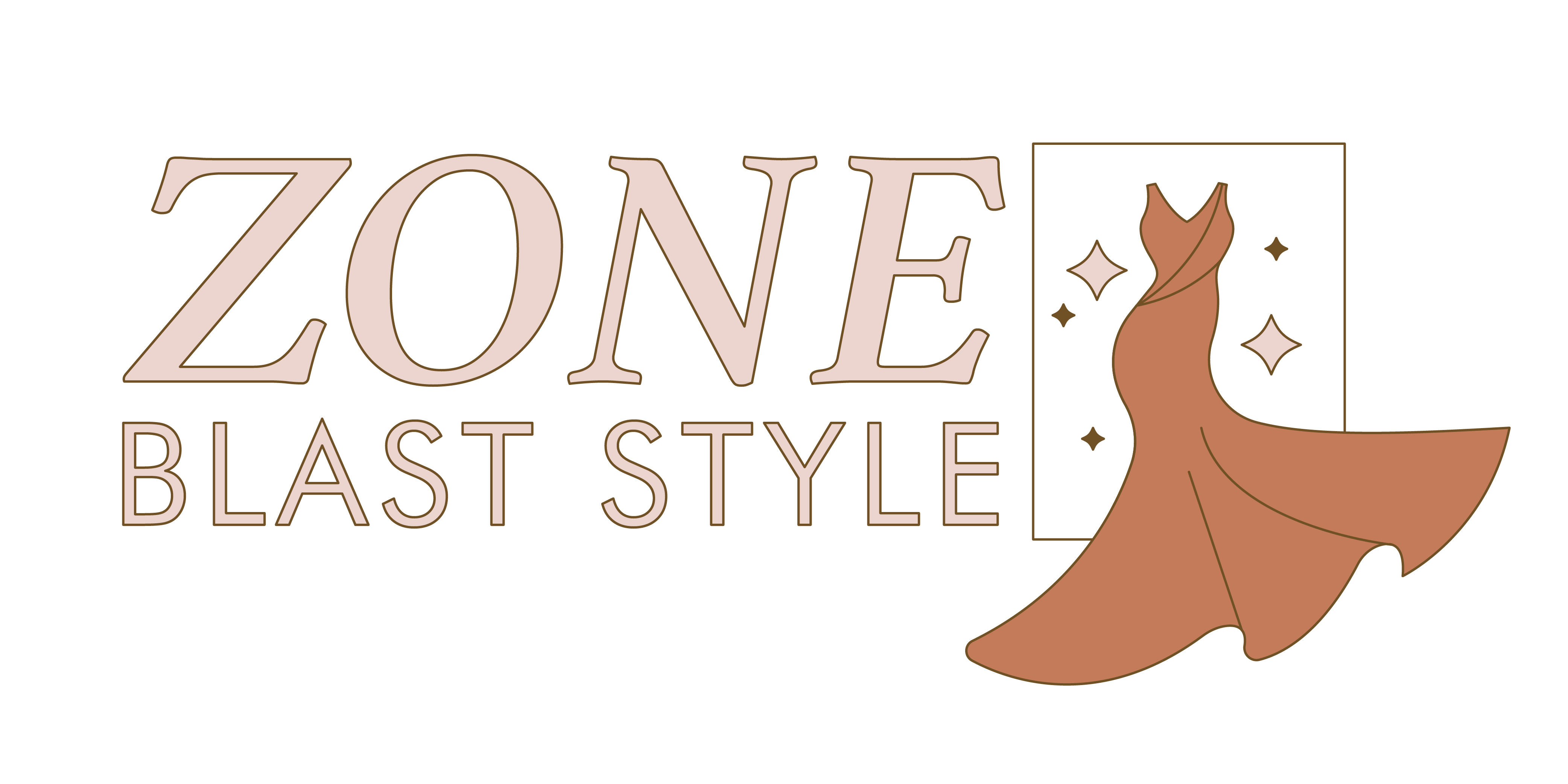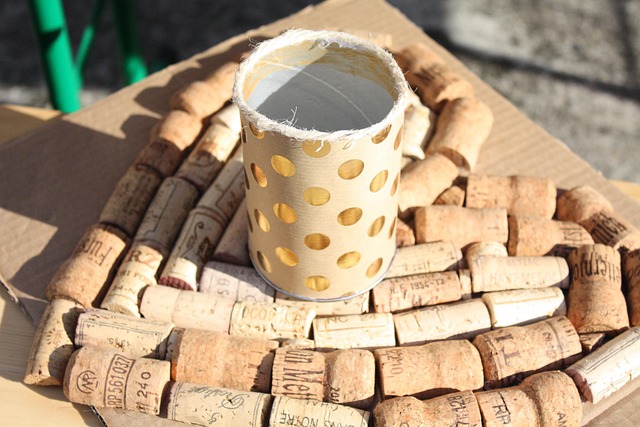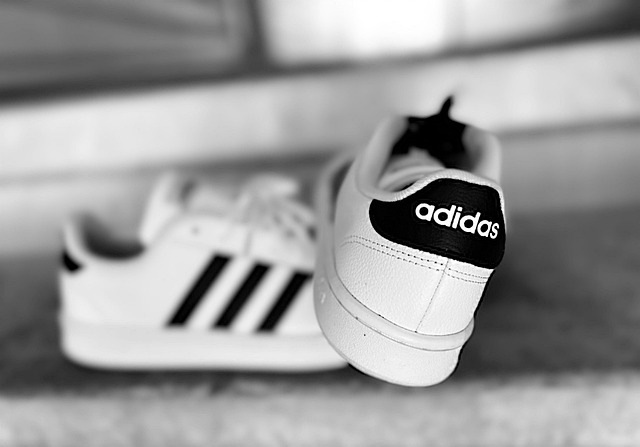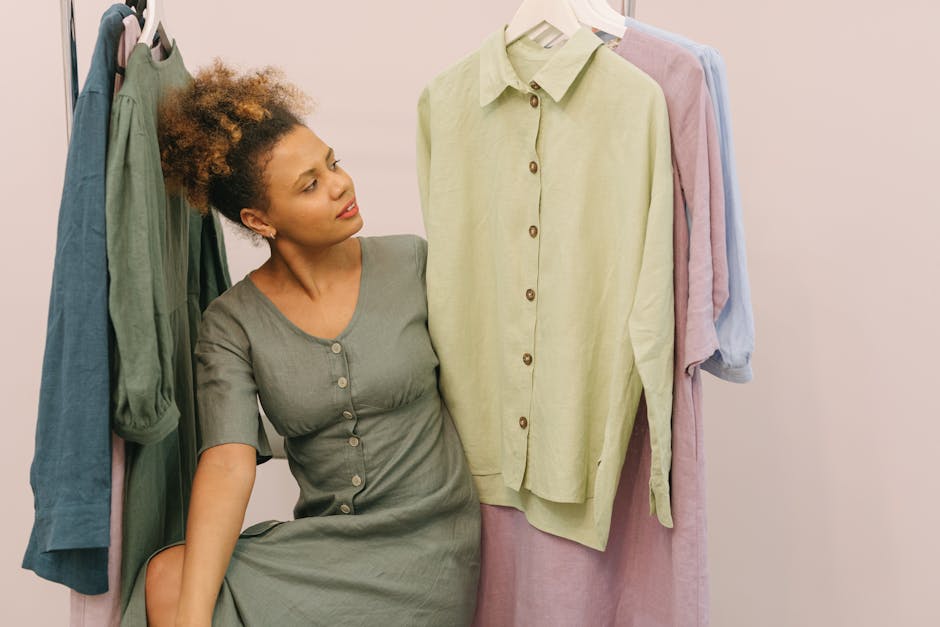Why It Matters Now
Let’s start with the facts: the fashion industry produces over 92 million tons of textile waste each year. That’s one garbage truck full of clothes dumped every second. Most of it ends up in landfills or incinerators, and a large share comes from fast fashion—cheap, short-lived garments built for speed, not sustainability.
Fast fashion relies on overproduction and short trend cycles. The average person buys 60% more clothing than they did 15 years ago but keeps those items for half as long. The result? Overflowing landfills, overused resources, and a supply chain that thrives on disposable culture. Polyester, a common fabric, can take up to 200 years to decompose. Washing it releases microplastics. Cotton, while natural, requires enormous amounts of water and chemicals to produce.
Recycling and upcycling aren’t silver bullets, but they’re tangible solutions. Recycling keeps materials in circulation longer, slowing down the demand for virgin resources. Upcycling goes a step further—it transforms what’s already made into something new, skipping the energy costs of starting from scratch. For consumers and creators alike, these methods offer a way to cut waste without cutting style. It’s not just innovation—it’s necessity.
What’s the Difference?
Recycling and upcycling both give old clothes a second shot, but they go about it in very different ways.
Recycling takes garments and breaks them down—either mechanically (shredding into fibers) or chemically (breaking down into raw materials). These materials then get spun back into new textiles or plastic-based products. It’s industrial, and it often requires scale, infrastructure, and energy. The upside? It keeps a lot of waste out of landfills. The drawback? It’s not always efficient, and the quality of recycled fibers can diminish with each cycle.
Upcycling, on the other hand, skips the breakdown entirely. Instead, it’s about taking old pieces and creatively reworking them—turning a frayed denim jacket into a patchwork tote, or slicing an oversized tee into a fresh tank. You don’t need heavy machinery or a factory. Just some scissors, an idea, and maybe a sewing kit. It’s low-cost, accessible, and full of personality. But it does count on creativity—and not everyone has the time or skills.
In short: recycling is industrial-scale problem-solving; upcycling is hands-on, personal innovation. Both matter. Either one is better than tossing your clothes in the trash.
Simple Ways to Get Started at Home
Ready to refresh your wardrobe while cutting down on waste? You don’t need a sewing degree or a big budget. With a little creativity and a few smart choices, recycling and upcycling can become part of your everyday routine.
Quick and Easy Upcycling Ideas
Transform old clothes with minimal tools and maximum creativity. These beginner-friendly ideas can give your wardrobe a fresh twist:
- Crop old t-shirts: Turn oversized tees into stylish crops or workout tops—just cut and hem.
- Patchwork jeans: Use fabric scraps or mismatched denim to add fun, personalized patches.
- Shirts into bags: Button-down shirts can be sewn into tote bags for everyday use.
- Sweater sleeves into mittens: A cozy way to keep warm using pieces that would otherwise be tossed.
How to Recycle Clothing Responsibly
When items are beyond repair or reuse, recycling is the next best step. Here’s how to do it right:
- Use local textile bins: Check with local councils or recycling programs for drop-off points.
- Donate thoughtfully: Give to trusted donation centers to ensure clothes are resold, not trashed.
- Take advantage of retail take-back programs: Many brands accept worn-out items for recycling or repurposing.
Digital Tools to Help You Out
Whether you’re hunting for inspiration or secondhand gems, these apps and platforms are leading the way:
- DIY tutorials: Platforms like YouTube and TikTok offer upcycling projects for every skill level.
- Secondhand marketplaces: Apps like Depop, Poshmark, and ThredUp make buying and selling pre-loved clothing easy.
- Clothing swap communities: Use apps or local forums to swap pieces instead of tossing them.
Upcycling and recycling aren’t about perfection—they’re about participation. Start small, stay curious, and watch your impact grow.
How Brands Are Innovating in This Space
Some fashion labels aren’t just responding to sustainability—they’re rewriting its rules. Closed-loop manufacturing is gaining traction, especially among forward-thinking brands like Eileen Fisher and Stella McCartney. These companies are designing with intent: reclaiming worn garments, breaking them down, and spinning the materials into entirely new products. Nothing wasted. Nothing forgotten.
Then there’s the rise of capsule collections made from post-consumer fibers. Think Levi’s Wellthread line or Girlfriend Collective’s activewear—all spun from recycled plastics and worn-out clothes. Small batches. Minimal waste. These collections aren’t bloated with styles—they’re functional, versatile, and built to last, which is exactly the point.
Meanwhile, tech is stepping in to fill the gaps traditional supply chains leave wide open. Startups and legacy brands alike are partnering with recyclers, AI-driven material sorters, and digital ID platforms that track a garment’s lifecycle. H&M’s collaboration with blockchain tech to trace textiles is one example of how fashion and data science are intersecting to manage waste before it starts.
The takeaway: sustainability in fashion isn’t a side project anymore—it’s becoming the blueprint.
The Role of the Consumer
Sustainability in fashion isn’t just about what brands do—it’s about what you choose to buy, how you care for your clothes, and how long you keep them. Conscious shopping starts with one simple rule: buy less, choose better. Skip the impulse-haul mentality. Instead, ask: will I wear this thirty times? Is it built to last? Does it align with my values?
Once you’ve made the purchase, make it count. Clothes aren’t single-use. Learn basic care—wash in cold, air dry when you can, and treat stains quickly. Mending a seam or replacing a button might take ten minutes. That’s ten minutes that save a piece from going to the landfill.
Every small act—choosing quality over quantity, repairing instead of replacing, thinking twice before you buy—adds up. Multiply that by a few million people and the future of fashion looks a lot less disposable.
For practical tips and tools, check out our Guide to Building a Sustainable Wardrobe.
Final Thoughts
Recycling and upcycling aren’t just passing trends. They’re a mindset shift—and they’re here for the long haul. When you turn an old garment into something new, you’re not just saving money or being clever. You’re reducing waste, decreasing demand for fast fashion, and reshaping habits. That adds up.
Don’t let the idea of sustainability feel gatekept. You don’t need a fashion degree or a sewing machine to make an impact. Start small. Patch that hole. Swap with a friend. Get curious about what you already own. The most sustainable outfit is the one already hanging in your closet.
At the core, it’s about refusing what you don’t need, reusing what you already have, and rethinking how you engage with clothing. That’s how you breathe new life into your wardrobe—and help shift the industry without chasing perfection.


 Founder & Creative Director
Founder & Creative Director
